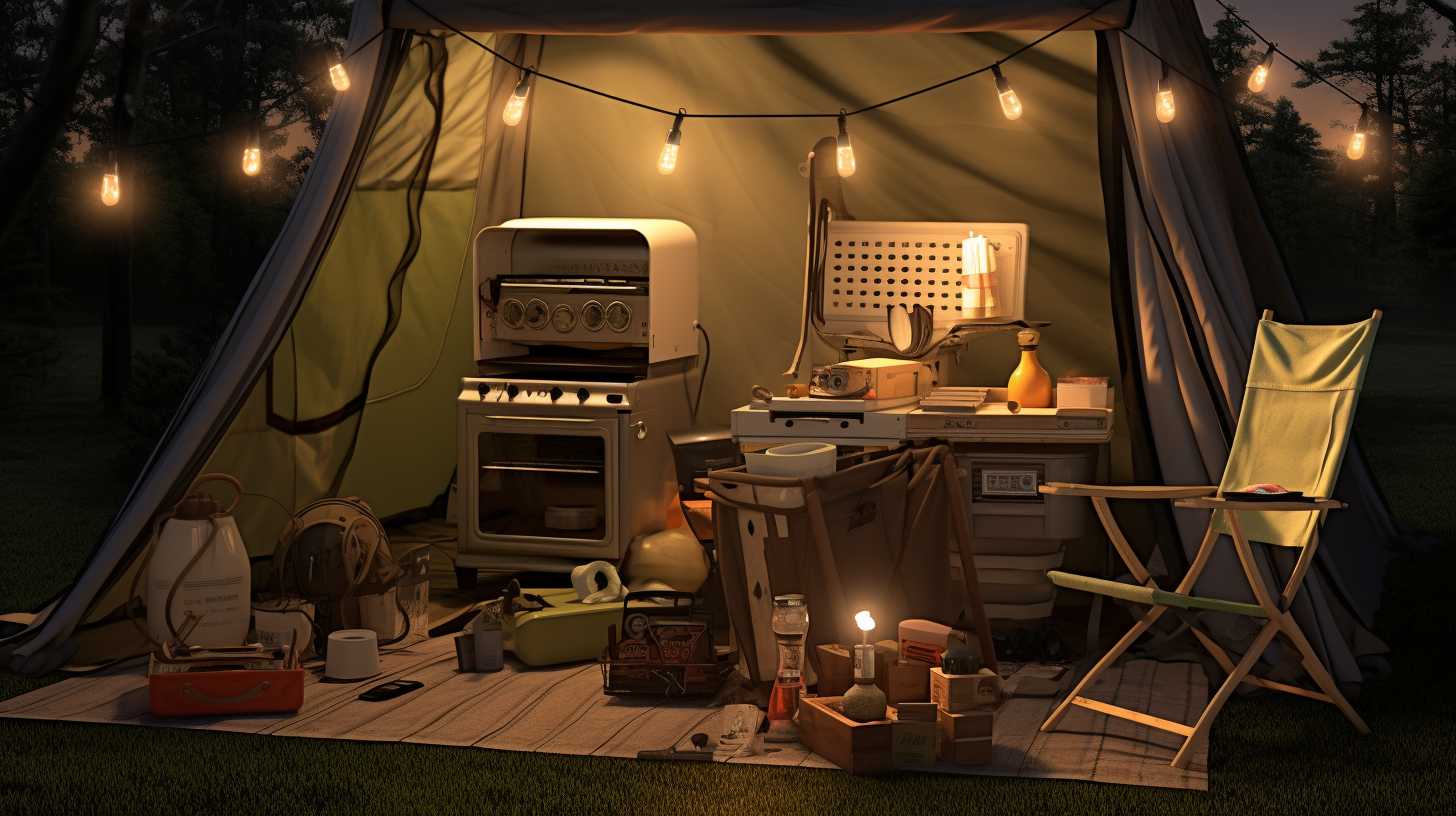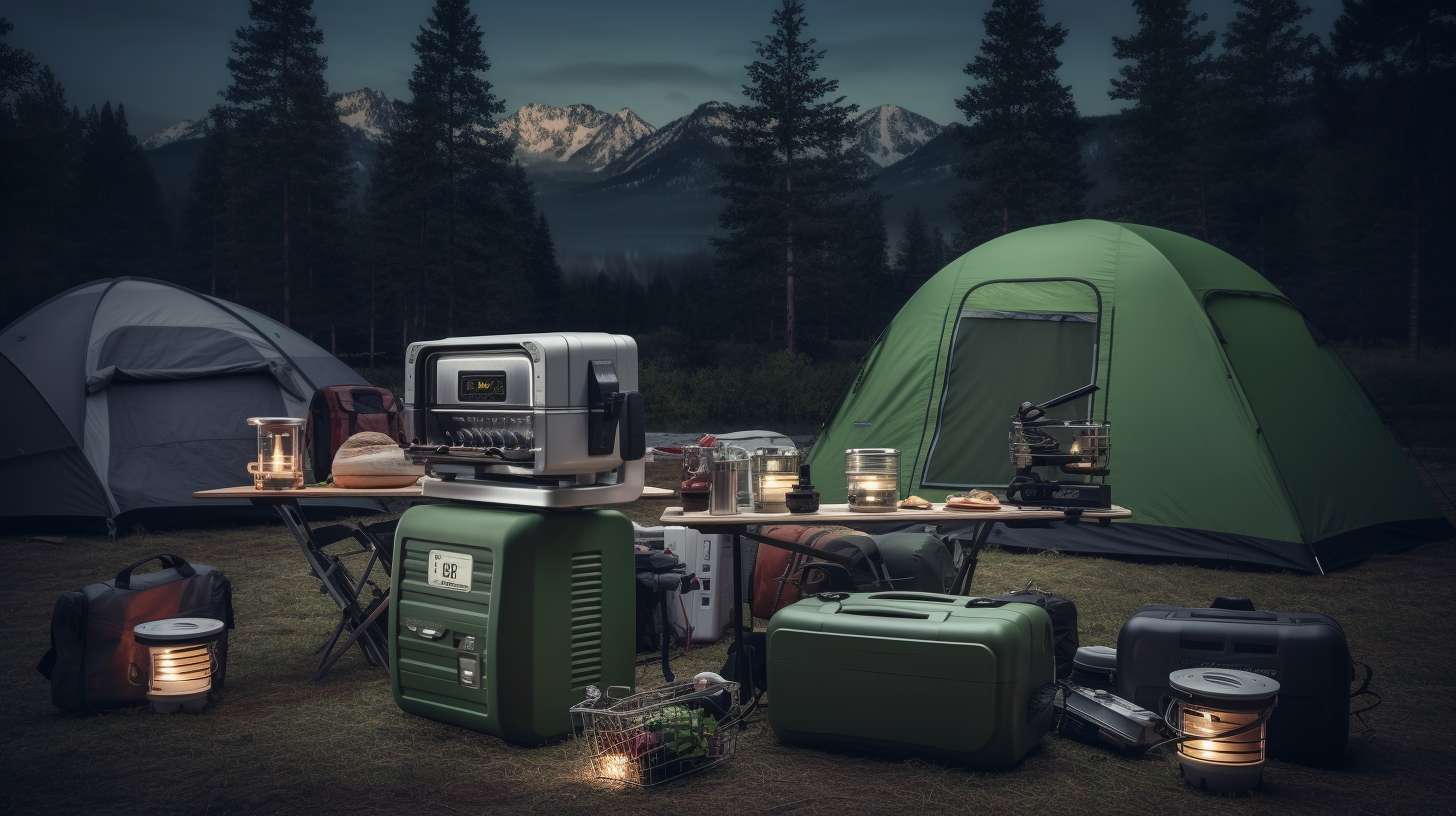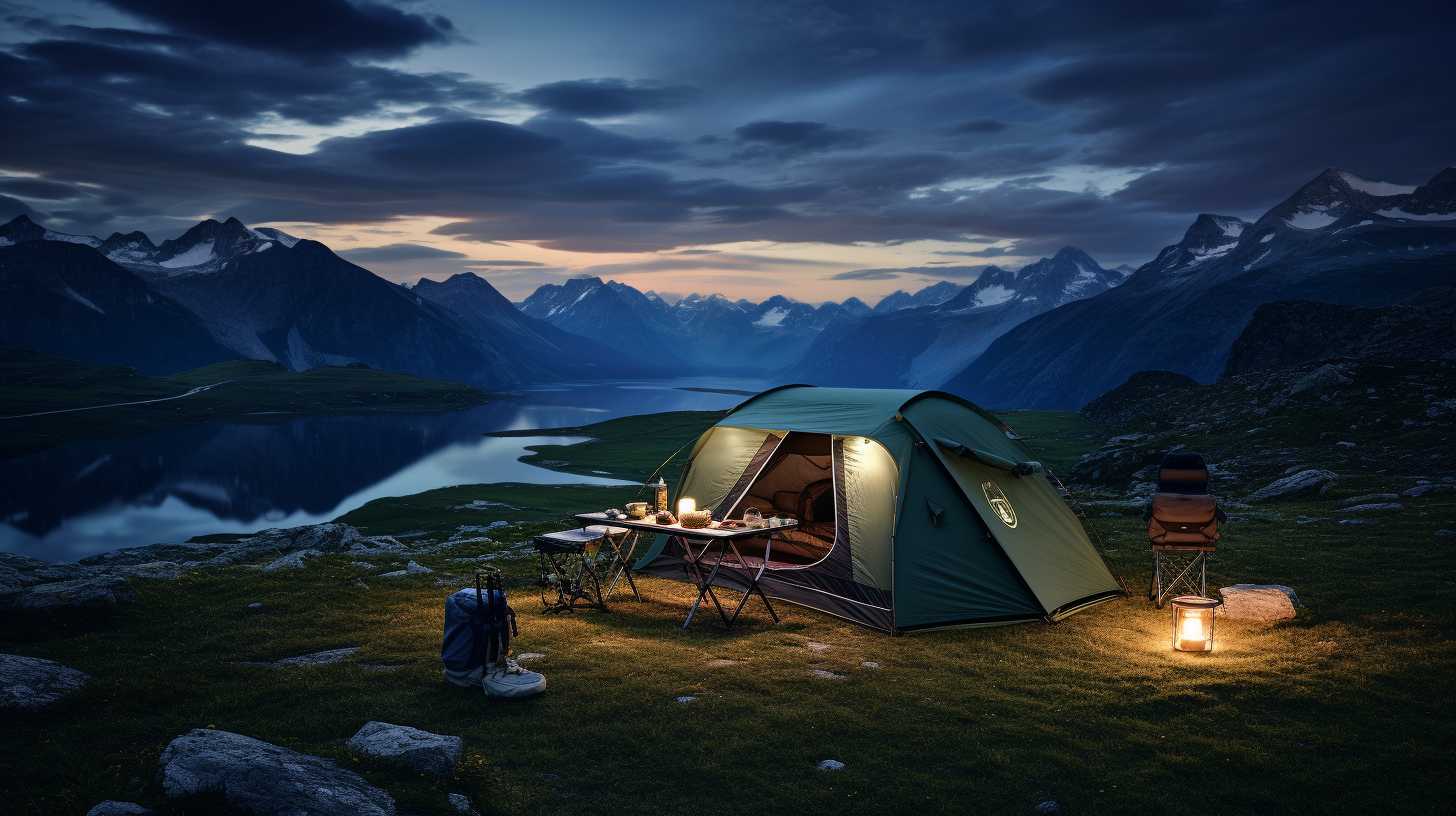
What Size Inverter for Camping

Are you tired of your camping trips being cut short because your appliances drain your battery? Don’t fret! In this article, we’ll show you the perfect size inverter for your camping needs that will keep your devices powered up without any hiccups.
With our expert tips and calculations, you’ll never have to worry about running out of power again.
So, gear up and get ready to enjoy a hassle-free camping experience with the right size inverter!
Key Takeaways
- Portable inverters are suitable for small electronic devices, while modified sine wave inverters can power larger appliances.
- Calculate the total wattage needed by adding up the power requirements of all the appliances you plan to use.
- Consider the startup power requirement of some appliances and the efficiency of the inverter when calculating the total wattage.
- Choose an inverter that can handle the total wattage and consider the type of inverter that suits your needs.
Types of Camping Inverters
When choosing an inverter for camping, you’ll want to consider the different types available to find the one that best suits your needs.
Two common types of camping inverters are portable inverters and modified sine wave inverters.
Portable inverters are compact and lightweight, making them easy to transport and store. They’re designed to provide power for small electronic devices such as smartphones, tablets, and laptops.
On the other hand, modified sine wave inverters are more versatile and can power a wider range of devices, including larger appliances like refrigerators and microwaves. However, it’s important to note that modified sine wave inverters may not be compatible with sensitive electronics that require a pure sine wave output.
Therefore, when choosing between portable inverters and modified sine wave inverters, consider the specific devices you plan to power during your camping trip and ensure compatibility.
Power Requirements for Camping Appliances
To determine the appropriate size inverter for your camping needs, you should assess the power requirements of your camping appliances. This will help you understand how much power your appliances consume and choose an inverter that can handle the load.
Start by making a list of all the appliances you plan to use during your camping trip, such as a refrigerator, microwave, or coffee maker. Look for the power rating or wattage of each appliance, which is usually listed on a label or in the user manual.
Add up the power requirements of all your appliances to get the total wattage. Once you know the total wattage, you can choose an inverter that can provide enough power to run all your appliances.
If you plan to use solar power, consider the solar panel options available to you. Alternatively, if you prefer a portable generator, explore the portable generator options that meet your power requirements.
Calculating the Total Wattage Needed

To calculate the total wattage needed for your camping trip, assess the power requirements of all your appliances. Start by estimating the power usage of each device in watts. Once you have this information, add up the wattage of all the appliances you plan to use simultaneously. Keep in mind that some appliances may have a higher power requirement when they first start up, so consider this in your calculations. Additionally, take into account the efficiency of the inverter you will be using. Inverter efficiency is typically expressed as a percentage and represents the amount of power that the inverter can convert from DC to AC. Multiply the total wattage by the inverter efficiency to get a more accurate estimation of the wattage needed for your camping trip.
| Appliance | Power Usage (Watts) |
|---|---|
| Refrigerator | 150 |
| Electric Stove | 1200 |
| Laptop | 50 |
| Light Bulb | 60 |
Considerations for Battery Capacity
To accurately determine the size of the inverter needed for your camping trip, it’s important to consider the battery capacity of your power source. The battery capacity refers to the amount of energy that the battery can store, usually measured in ampere-hours (Ah). This is crucial because the inverter will draw power from the battery, and if the battery capacity is insufficient, it may not be able to meet your power needs.
When considering the battery capacity, you should take into account the power requirements of your camping equipment. This includes the wattage of appliances such as lights, fans, refrigerators, and chargers.
To ensure that you have enough power for your camping trip, you may want to consider using solar panel options or portable generator options to charge your batteries during the day. This will allow you to replenish the battery capacity and extend the runtime of your inverter.
Choosing the Right Size Inverter for Your Camping Needs

Consider your power requirements and match them with the appropriate size inverter for your camping needs.
When it comes to choosing the right size inverter for camping, there are a few factors to consider.
First, determine the amount of power you’ll need to run your devices and appliances. This includes calculating the wattage of each item and adding them together. Once you have the total wattage, choose an inverter that can handle that amount of power.
Secondly, consider the type of inverter that suits your needs. There are various portable inverter options available, including modified sine wave and pure sine wave inverters. Each has its own advantages and disadvantages, so choose one that best fits your requirements.
Lastly, ensure that you follow inverter safety tips to prevent any accidents or damage. These may include properly grounding the inverter, using the appropriate cables and connectors, and avoiding overloading the inverter.
Conclusion
In conclusion, choosing the right size inverter for your camping needs is essential to ensure a seamless camping experience.
By considering the power requirements of your camping appliances and calculating the total wattage needed, you can determine the appropriate size inverter.
Additionally, taking into account the battery capacity will help ensure sufficient power supply.
So, just like a well-prepared camper equips themselves with the right gear, equipping yourself with the right size inverter will ensure a successful camping trip.
Disclaimer: Some information is provided through AI. Users should always conduct their own research and consult with qualified professionals before making any decisions.Affiliate information declaration: We may earn revenue from the products referred on this page and participate in affiliate programs.


